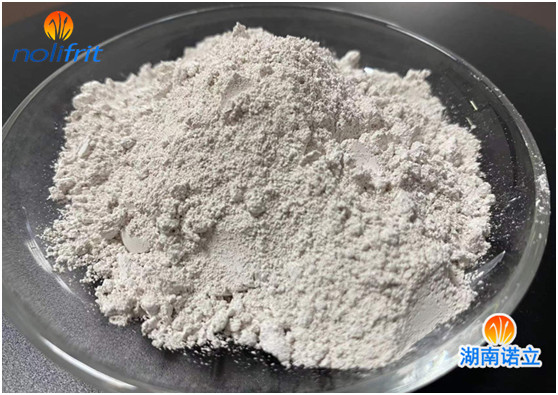Titanium and Antimony White Enamel Pigment
Among inorganic pigments, white pigments mainly include titanium dioxide, zinc oxide, lithopone, antimony white and lead white. When enamel manufacturers choose enamel pigments, titanium dioxide and antimony white are the most commonly used.

(1) Titanium dioxide
Titanium dioxide, the chemical name is titanium dioxide pigment, the chemical formula is TiO2, the relative molecular mass is 79.90, it is an extremely inert compound, stable to various chemical substances in the atmosphere, insoluble in water and weak acid, slightly soluble in alkali. It has the characteristics of high achromatic power and covering power, good visual whiteness, light fastness, light fastness and heat resistance.
Titanium dioxide can play the role of covering, decolorization and protection. It is the best white pigment. About 60% of its total amount is used in coatings. With the increase in the output and variety of coatings, the demand for titanium dioxide also changes. There are more and more varieties, and the titanium dioxide pigments produced by the sulfuric acid method and the chlorination method have been widely used in coatings with different requirements.
(2) Antimony white
Antimony white, also known as antimony trioxide, has a chemical formula of Sb2O3 and a relative molecular mass of 291.50.
Antimony white is a white crystalline powder, an amphoteric compound, insoluble in water, alcohol, dilute nitric acid, caustic soda, sodium sulfide, tartaric acid, acetic acid, concentrated sulfuric acid, and concentrated nitric acid. Antimony white has good weather resistance, light resistance, heat resistance, non-toxicity, flame retardant and other characteristics, does not react with fatty acids, and will not saponify when used in high acid value paints.
The main physical indicators of antimony white
|
Appearance |
Refractive index |
Density (g/cm³) |
Oil absorption (g/100g) |
Melting point/℃
|
|
White fine powde |
2.0~2.09 |
5.3~5.7 |
11~14 |
656 |